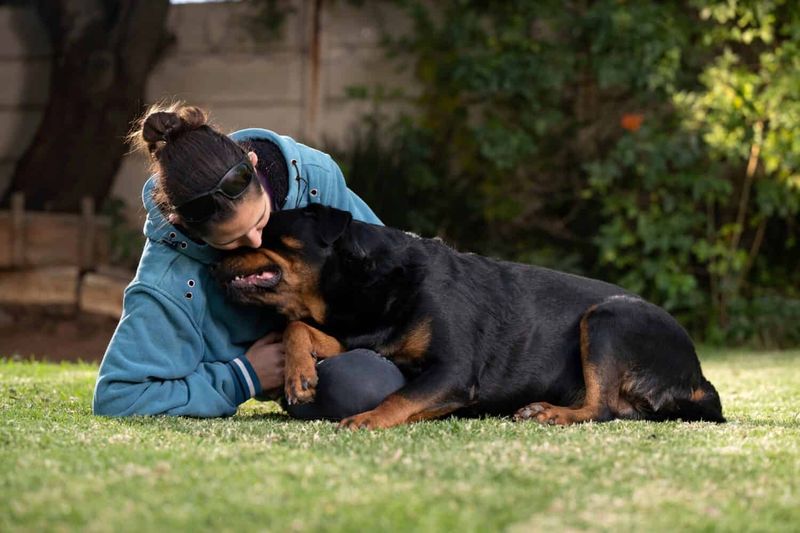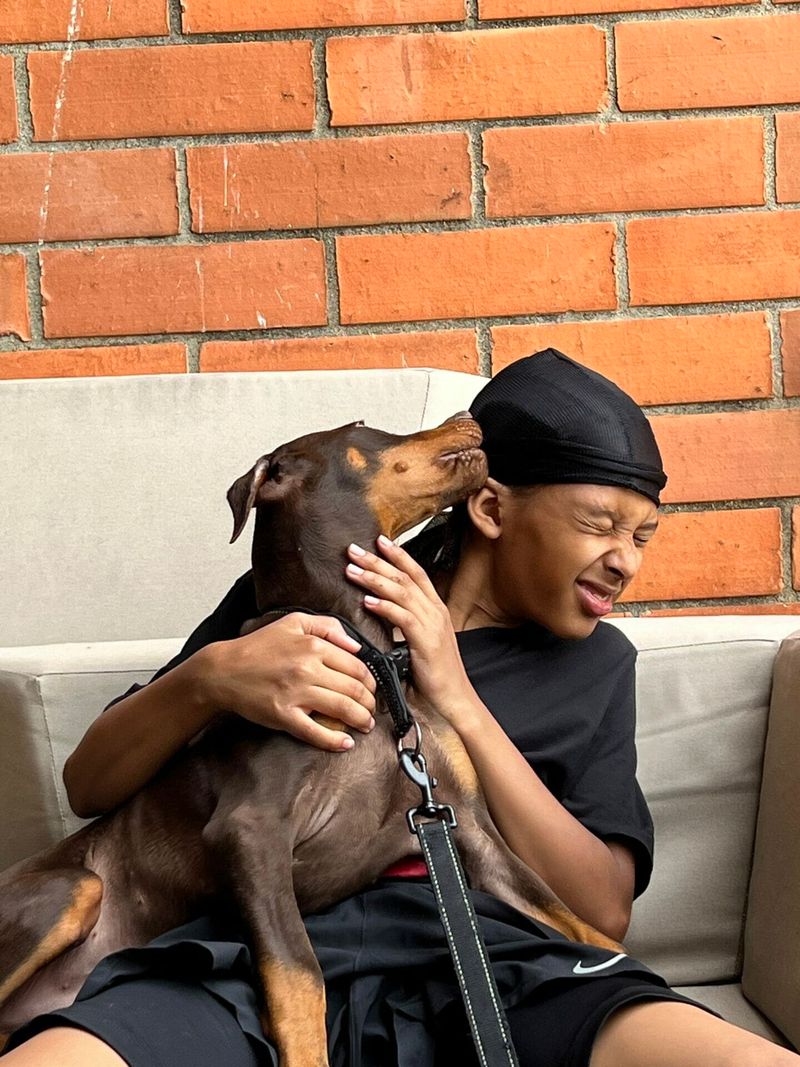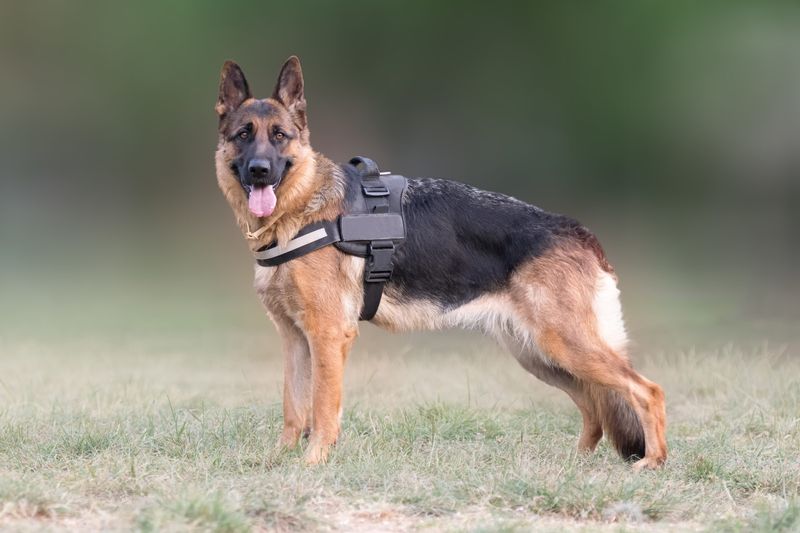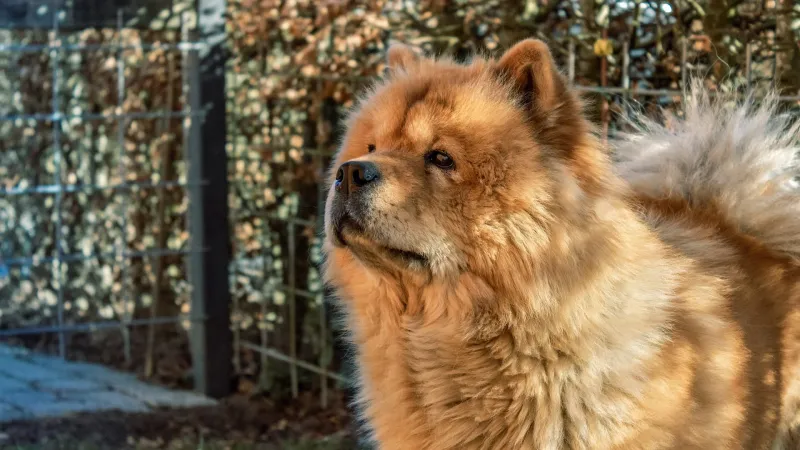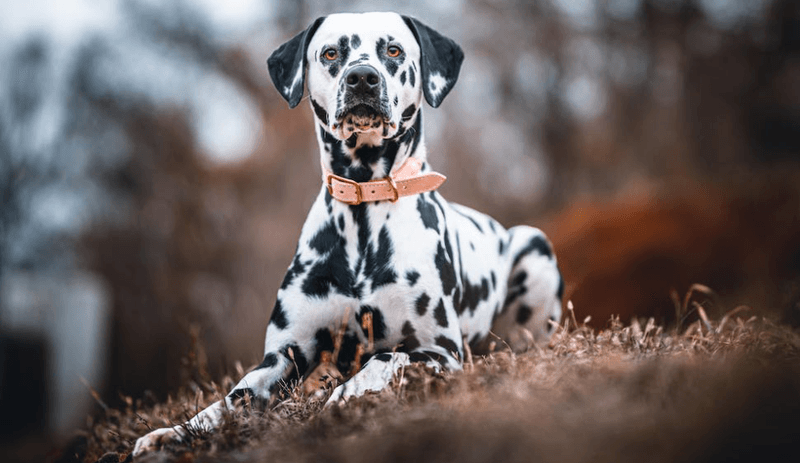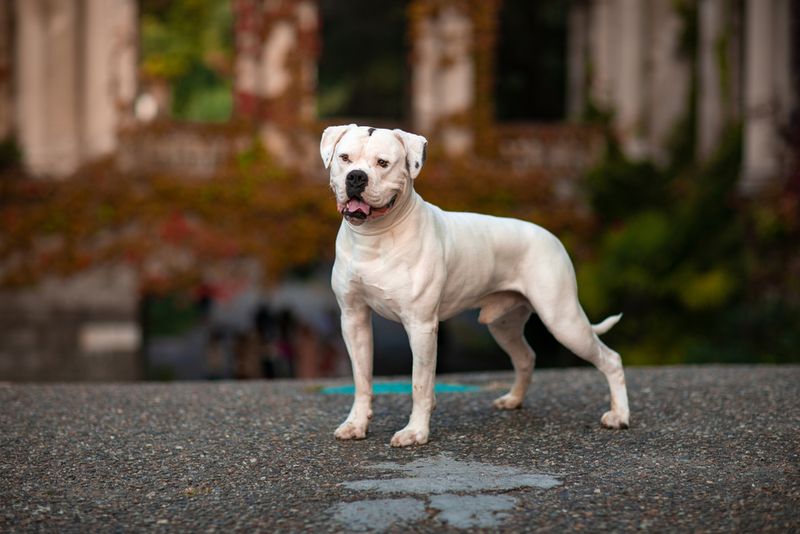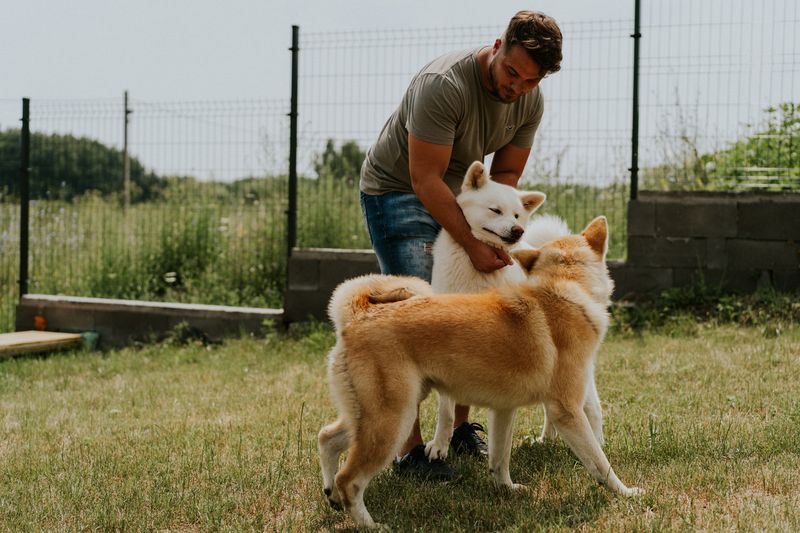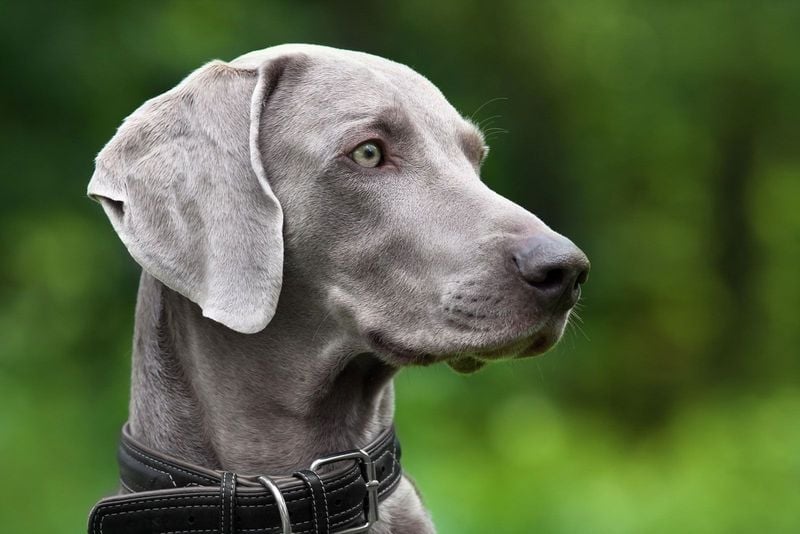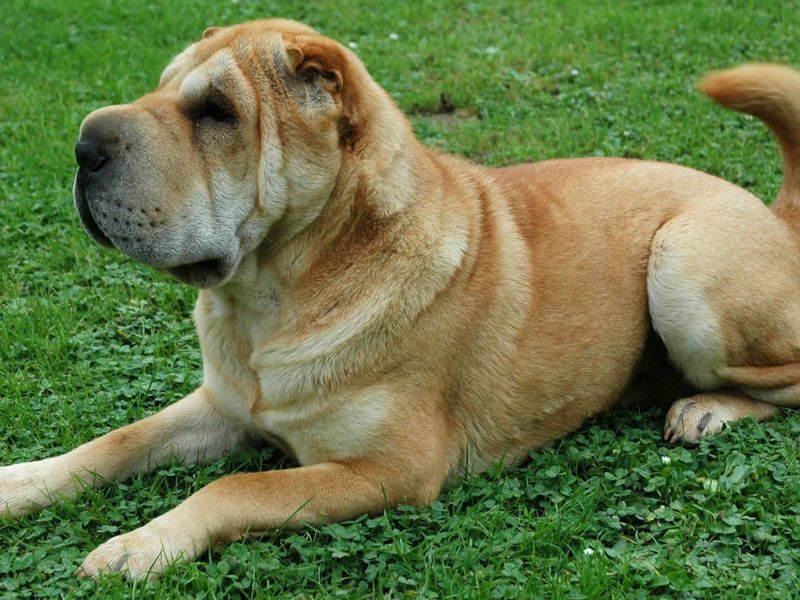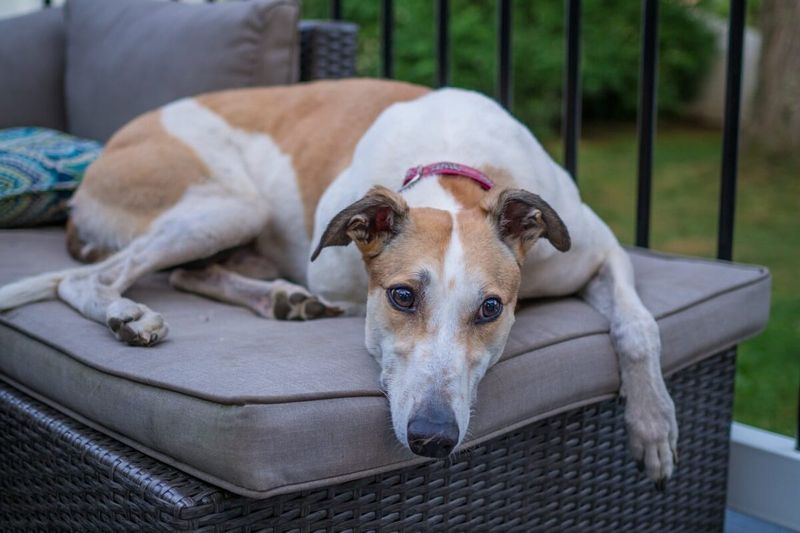The Truth About These 16 “Dangerous” Dog Breeds Might Surprise You
We’ve all heard the warnings about certain dog breeds being too aggressive or dangerous to own. These labels often lead to unfair stereotypes, breed-specific legislation, and even unnecessary euthanasia.
The truth is, a dog’s behavior depends more on training, socialization, and responsible ownership than breed alone. Let’s take a closer look at 16 commonly misunderstood breeds and discover what they’re really like beyond the scary headlines.
1. Pit Bull Terrier: Loyal Family Protectors
Once known as “nanny dogs,” Pit Bulls were trusted to watch over children in early 20th century America. Their muscular build often intimidates strangers, but owners know them as affectionate cuddle bugs with boundless enthusiasm.
Proper socialization transforms these energetic pups into gentle companions. Their intelligence makes training a joy, not a chore.
Most aggression in Pit Bulls stems from human mistreatment or irresponsible breeding, not inherent temperament. With loving guidance, these dogs thrive as loyal family members who form deep bonds with their humans.
2. Rottweiler: Misunderstood Guardian Angels
Behind that imposing frame lies a dog with a heart of gold. Rottweilers descend from Roman drover dogs and have worked alongside humans for centuries as cattle herders, police companions, and rescue dogs.
Their calm confidence makes them excellent family guardians who assess situations before acting. Early training channels their protective instincts positively.
Despite media portrayals, well-raised Rotties show remarkable patience with children and form deep bonds with their families. Their aloofness with strangers isn’t aggression – it’s simply cautious assessment, a trait that makes them exceptional watchdogs.
3. Doberman Pinscher: Velvet Warriors
Originally bred by a German tax collector for protection during his rounds, Dobermans combine lightning-quick reflexes with deep loyalty. Their sleek appearance and alert stance often create misconceptions about their temperament.
Modern Dobermans have been selectively bred to reduce aggression while maintaining intelligence and trainability. They excel in therapy work, search and rescue, and as service dogs.
Owners describe them as “velcro dogs” who follow their people everywhere. Their sensitivity makes harsh training counterproductive – these dignified dogs respond best to consistent, positive guidance from confident handlers.
4. German Shepherd: Working-Class Heroes
From guiding the blind to detecting explosives, German Shepherds rank among the world’s most versatile working dogs. Their intelligence (they can learn new commands in as few as five repetitions) makes them exceptional partners for police, military, and search-and-rescue teams.
Family German Shepherds form intense bonds with their humans, especially children they consider part of their “flock.” Their natural protectiveness comes from herding ancestry, not aggression.
Most behavior problems stem from insufficient mental and physical stimulation. These dogs need jobs – even simple ones like carrying backpacks on walks – to feel fulfilled and avoid destructive boredom.
5. Chow Chow: Dignified Aristocrats
With their lion-like manes and distinctive blue-black tongues, Chow Chows carry themselves with the dignity of ancient Chinese nobility. These dogs served as hunting companions, guardians, and even food sources during famines in their 2,000-year history.
Contrary to their reputation for aggression, Chows are typically reserved and independent rather than hostile. They form deep bonds with family but remain naturally suspicious of strangers.
Early socialization proves essential for these strong-willed dogs. Their cat-like cleanliness, minimal barking, and moderate exercise needs make them excellent apartment dwellers despite their imposing appearance.
6. Dalmatian: More Than Just Spotty Firefighters
Famous for their distinctive spots and firefighting heritage, Dalmatians boast a fascinating history as carriage dogs who protected horses from highway robbers. Their high energy and intelligence require outlets – without proper exercise, these athletic dogs can become destructive.
Dalmatians form strong bonds with their families but may show reserve with strangers. Deafness affects roughly 30% of the breed, which sometimes leads to startle responses mistaken for aggression.
Consistent training channels their enthusiasm positively. Modern Dalmatians excel in agility, obedience, and as hiking companions. Their spotty reputation for temperament problems largely vanishes with proper exercise and socialization.
7. American Bulldog: Farmhand Friends
Muscular farm dogs with hearts of gold, American Bulldogs nearly went extinct after World War II before being revived by a few dedicated breeders. Their powerful jaws and athletic builds served practical purposes on farms, where they controlled livestock and protected property.
Despite their intimidating appearance, well-bred American Bulldogs show remarkable gentleness with children. Their playful nature persists well into adulthood.
These dogs thrive with clear boundaries and consistent training. Their natural protectiveness requires proper socialization, but aggression toward humans should never be typical. Modern American Bulldogs excel as family companions who balance athleticism with couch-potato tendencies.
8. Akita: Samurai Spirit Dogs
In Japan, Akitas symbolize good health, happiness, and long life. These dignified dogs served as hunting companions for royalty and later became symbols of loyalty after Hachikō, an Akita, waited nine years at a train station for his deceased owner.
Their independent nature and natural reserve with strangers create misconceptions about aggression. Akitas typically bond deeply with family while remaining aloof with outsiders.
Same-sex aggression can emerge in poorly socialized Akitas, but human-directed aggression should never be typical. Their cleanliness, quiet demeanor, and moderate exercise needs make them excellent apartment dogs despite their size, provided they receive proper training and socialization.
9. Chihuahua: Tiny Dogs, Giant Personalities
Ancient companions to Toltec civilizations, these pocket-sized pups pack surprising courage into tiny frames. Their tendency to bond primarily with one person sometimes manifests as protective behavior that appears aggressive to outsiders.
Chihuahuas often compensate for their small stature with outsized confidence. Many nip or growl when frightened – behaviors that larger dogs couldn’t get away with.
Proper socialization prevents the infamous “small dog syndrome.” Contrary to their yappy reputation, well-trained Chihuahuas make excellent apartment dwellers and travel companions. Their longevity (often 15+ years) and minimal exercise needs make them perfect pets for seniors seeking long-term companionship.
10. Weimaraner: Silver Shadows With Separation Anxiety
Nicknamed “Gray Ghosts” for their distinctive silver coats, Weimaraners were developed by German nobility for hunting large game. Their intensity and high energy create challenges for unprepared owners.
Severe separation anxiety plagues many Weims, leading to destructive behaviors often misinterpreted as aggression. These velcro dogs form such intense bonds that being alone causes genuine distress.
Mental stimulation proves just as important as physical exercise. Puzzle toys, training games, and scent work prevent boredom-related behavior problems. Despite their reputation for being difficult, properly trained Weimaraners transform into versatile companions who excel in everything from hunting to therapy work.
11. Bullmastiff: Gentle Giants With Protective Instincts
Developed by English gamekeepers to tackle poachers, Bullmastiffs were bred to track, pin, and hold intruders without causing serious injury. Their intimidating size (often 130+ pounds) belies their typically gentle nature with family.
Natural guardians, they assess threats silently rather than barking unnecessarily. Their protective instincts emerge naturally without training, making early socialization critical.
Despite their imposing appearance, well-bred Bullmastiffs show remarkable patience with children. Their low exercise needs and quiet demeanor make them surprisingly suitable for apartment living. Most aggression issues stem from poor breeding or handling rather than inherent temperament.
12. Pekingese: Royal Lions With Attitude
Sacred dogs in ancient China, Pekingese lived exclusively in imperial palaces where stealing one meant death. Their lion-like appearance and fearless demeanor earned them the nickname “Lion Dogs.”
Though tiny, Pekes retain the dignified self-importance of their royal heritage. Their independent nature sometimes manifests as stubbornness that owners misinterpret as aggression.
These little dogs typically show devotion to their chosen people while remaining aloof or even suspicious of strangers. Despite their reputation for being snippy, properly socialized Pekingese make excellent companions for apartment dwellers and seniors. Their moderate exercise needs and quiet nature (outside of alert barking) suit urban living.
13. Jack Russell Terrier: Energetic Workoholics
Originally bred for fox hunting, these compact powerhouses pack incredible energy into small frames. Their intelligence and intensity create challenges for owners unprepared for their exercise needs.
Jack Russells aren’t typically aggressive toward humans, but their natural prey drive and terrier tenacity can manifest as aggression toward small animals. Their fearlessness means they may challenge much larger dogs.
Boredom becomes their worst enemy. Without proper outlets, their problem-solving abilities turn destructive. With sufficient exercise and mental stimulation, these dogs transform into devoted companions. Their 15+ year lifespan means adopters should prepare for a long-term, high-energy commitment.
14. Cane Corso: Italian Bodyguards
Ancient Roman war dogs evolved into versatile Italian farm guardians with imposing presence. Cane Corsos nearly disappeared before enthusiasts revived the breed in the 1970s.
Their natural protectiveness requires proper socialization, but well-bred specimens show remarkable discernment. These intelligent dogs assess situations before acting, rarely displaying unprovoked aggression.
Despite their intimidating appearance, Corsos typically show gentleness with family children. Their short coat and moderate energy levels make them easier to maintain than many large breeds. Most behavior problems stem from poor breeding or handling rather than inherent temperament issues.
15. Shar Pei: Wrinkled Warriors With Ancient Roots
With a history dating back 2,000 years to Chinese farming communities, Shar Peis nearly went extinct during China’s Cultural Revolution. Their distinctive wrinkles originally served a practical purpose in dogfighting – loose skin allowed them to continue fighting even when grabbed by an opponent.
Modern breeding focuses on temperament rather than fighting ability. Well-bred Shar Peis typically show devotion to family while remaining naturally reserved with strangers.
Their independence sometimes manifests as stubbornness during training. Early socialization proves essential to prevent territorial behavior. Despite their reputation for aggression, properly raised Shar Peis make loyal family companions who excel as quiet, clean housemates.
16. Greyhound: Racing Retirees Make Lazy Loungers
Despite their racing background, retired Greyhounds earn the nickname “45mph couch potatoes” for their surprisingly lazy home behavior. These ancient dogs appear in art dating back to Egyptian tombs, valued for their speed and hunting ability.
Their racing history creates misconceptions about their exercise needs. While they enjoy brief sprints, Greyhounds typically sleep 18+ hours daily and require less exercise than many smaller breeds.
Contrary to expectations, most Greyhounds show gentle, sensitive temperaments. Their natural prey drive (chasing small animals) gets mistaken for aggression. With proper introductions, many live happily with cats and small dogs, proving these misunderstood racers make some of the most gentle, quiet companions available.


